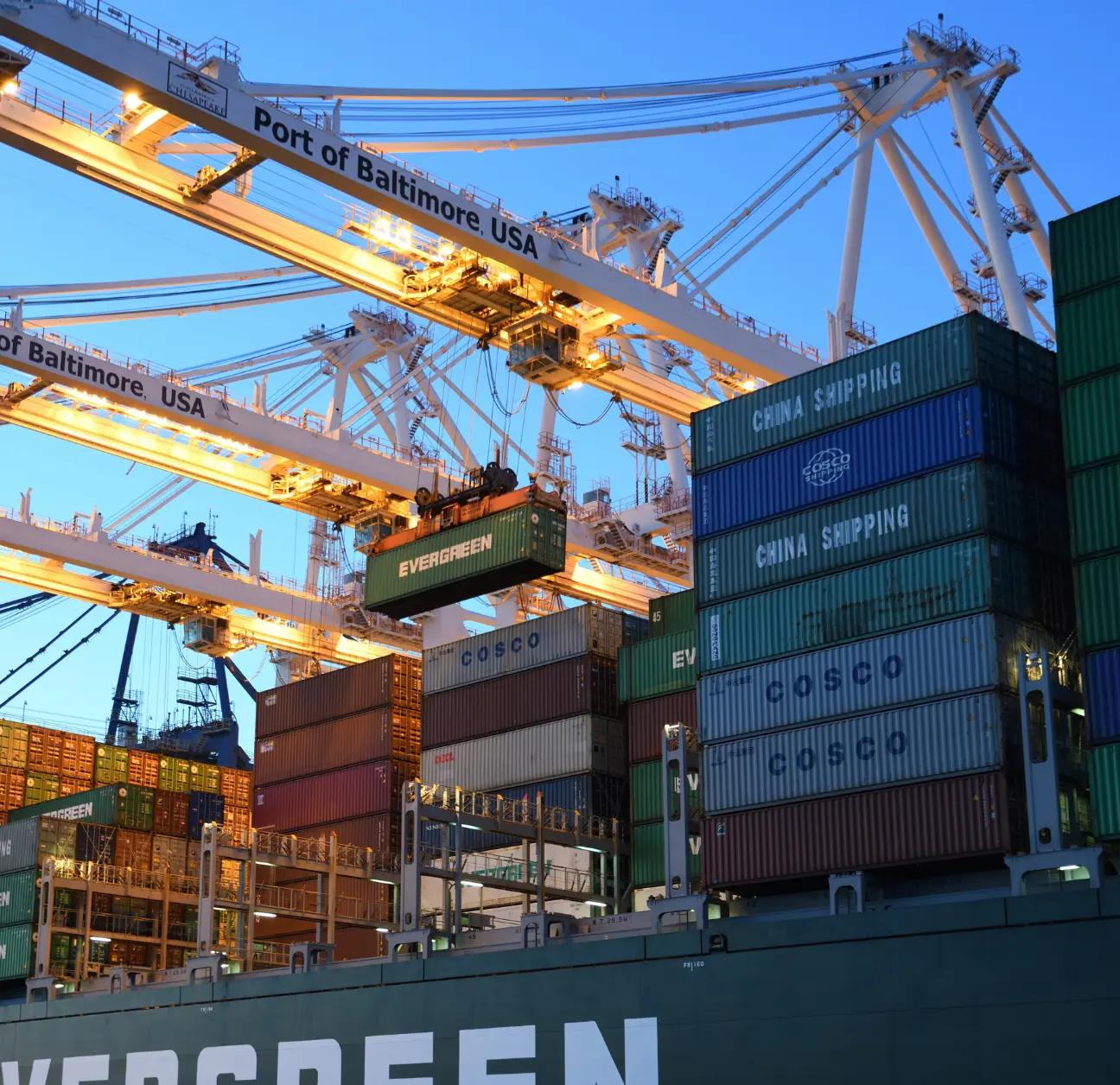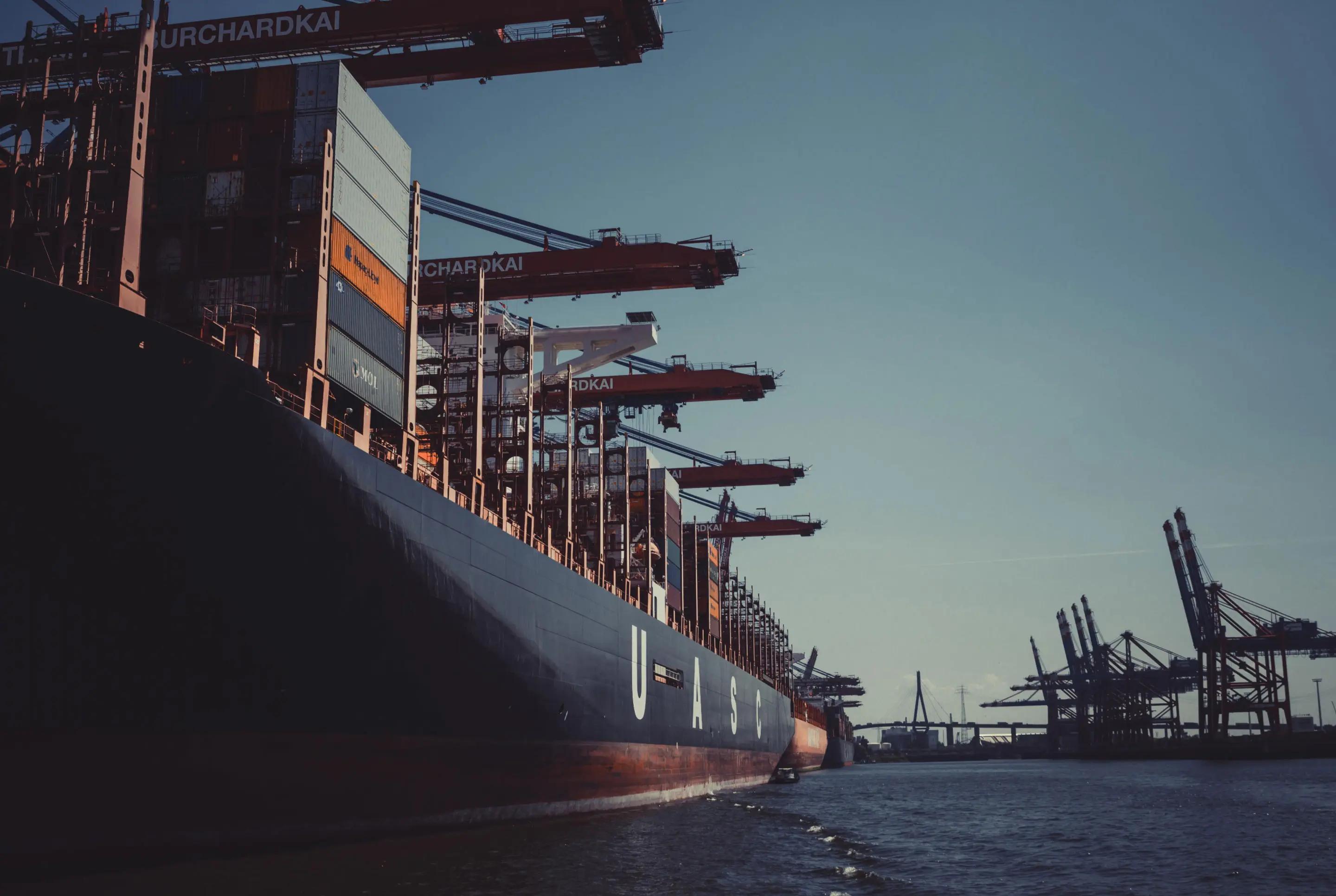Used as part of a company’s day-to-day operations, real-time freight visibility provides a company with the ability to take measures to avoid delays with shipments, identify risks for supply chain shortages, meet compliance requirements and achieve other goals by obtaining a clear, comprehensive view of overall metrics.
Freight Visibility
Freight visibility has become increasingly instrumental in the success of supply chain organizations across the world, especially considering the state of the global supply chain after the COVID-19 pandemic. With customers demanding on-time delivery of products, freight forwarders and shippers have prioritized supply chain visibility to meet those expectations.
With data from a real-time visibility platform, freight forwarders and shippers across the freight industry can gain real-time information on the status and milestones of their shipments at any given time. Often described as a freight visibility provider, the system provides an assortment of tracking details on loads that can be assessed by everyone in the supply chain, including 3PLs, 4PLs, shippers, carriers, and their customers.
This type of supply chain visibility software also provides insights into the performance of carriers, port bottlenecks, and supply chain inefficiencies. As a result, they can act immediately to address potential setbacks in the safe and secure transit of goods.
Previously, before supply chain modernization and a push for digitization, companies relied on data supplied by their Transportation Management System or TMS, which could lead to outdated information on where their inventory was located. The old system also created blind spots for shippers and freight forwarders alike. This lack of freight visibility limited any opportunities to significantly optimize operations.
Many of the companies delivering freight visibility through advanced technological innovations, such as IoT, are enabling their customers to leverage big data for reliable and curated visibility into the supply chain. Leaders in this area include FourKites, Overhaul, project44, Terminal49, and Vizion API.
Through end-to-end freight visibility, supply chain professionals can quickly gain real-time information like:
● Location of the vehicle carrying inventory
● Time of departure from a port
● Estimated time of departure from a warehouse
● Estimated time of arrival to end user
● Condition of the cargo during transit
● Time of arrival at the port of destination
● Indications that the cargo has been tampered with
Freight visibility has been instrumental in helping companies enhance supply chain processes, demand forecasting, and business planning. With real-time information, companies can better manage inventory — increasing or decreasing it based on accurate data that predict demands.
They also can improve customer service through regular communication about the estimated time of arrival. Freight visibility data can be leveraged to help them proactively respond to potential disruptions such as delays caused by adverse weather or events.
Ocean Freight Visibility
One important component of freight visibility is ocean freight visibility, also sometimes described as sea freight visibility.
With goods often being transported internationally, ocean freight is one of the leading transportation modes for many companies. As part of this mode of transportation, products are moved from one location to another in large shipping containers that are loaded on vessels at various ports around the world.
Some estimates indicate that ocean freight makes up to 80 percent or more of all global products. As a result, ocean freight visibility is essential in ensuring that companies are kept informed with real-time data about sea freight shipping as part of the supply chain.
Sea shipment tracking can be used on various types of products that are transported in vessels, from consumer-packaged goods (CPGs) and electronics to automobiles.
Since a sea freight quote can vary based on factors like cargo dimensions, freight rates, and weight in tons or volume, companies may use a sea freight calculator to determine the best rates and delivery estimates.
Another consideration when using ocean freight is that companies will need to assess the cost savings, as compared to air freight, and the time of delivery as it is among the slowest shipping modes. According to some estimates, ocean freight can take several weeks to two months to arrive. While air freight is much quicker, it can be much more expensive — especially with heavier loads.
Shippers using ocean freight also need to factor in variables such as unloading times, port congestion, availability of vessels, potential delays caused by seasonal weather, and port fees. Also, ocean freight rates have steadily increased in the wake of the global COVID-19 pandemic. Ocean freight visibility software can be essential in helping shipping professionals navigate the data to make informed decisions that could save the company time and money.
Container Visibility
With container visibility solutions, shippers can gain insights into the precise location of their ocean freight as well as details about its arrival. Transportation visibility in this area, achieved through various technologies including a container tracking tool, can cut through the complexities involved in identifying the location of containers.
Understanding the location of containers, which are used to ship goods around the world, is central to the overall success of supply chain visibility. For example, many companies rely on real-time container tracking data to enhance collaboration among partners and better manage inventory levels.
Experienced supply chain managers understand the importance of prioritizing real-time container visibility to create a fully optimized and agile supply chain. Through the real-time data provided by the leading visibility providers, decision-makers can proactively respond to potential disruptions and initiate communications with partners and other stakeholders.
Real time supply chain visibility and ETA capabilities enhance shipper and freight forwarder multi-modal visibility, giving them extensive end-to-end data to inform deliveries and more accurate ETAs. The technology relies on real-time satellite tracking, intelligent asset-matching technology which extends visibility coverage, dynamic routing models, and intermodal end-to-end movements that include barge segments.
Manufacturing Visibility
What is collaborative manufacturing? Also referred to as CMM, collaborative manufacturing management, collaborative manufacturing represents the management of key business and manufacturing processes of a company as part of a collaborative value network.
In today’s modern manufacturing operations, manufacturing visibility and shipment visibility are essential to retailers as they provide decision-makers with real-time data to more accurately inform strategies that maximize responsibility, agility, and, consequently, the profitability of the manufacturing enterprise.
Leaders overseeing logistics management are at a disadvantage if they are operating under legacy systems that require the manual collection and analysis of data. With advanced manufacturing visibility platforms, including warehousing integrations, they can leverage data in real-time to identify ways to improve their production operations and processes.
This type of real-time analysis can serve as a solid foundation for a successful collaborative manufacturing process that improves quality control, reduces downtime, minimizes supply chain disruptions, and provides more accurate production forecasting.
Freight Visibility Software
What is real-time freight visibility software?
Advanced freight visibility software, led by FourKites, Overhaul, project44, Terminal49, and Vizion API, enable shippers and freight forwarders to better understand the movement of their freight and communicate with their customers. Supply chain managers can get real-time tracking data and analysis about their shipments so that they can quickly make informed decisions about inventory levels and customer service.
Many of the leading providers in freight visibility software space offer varying features, capabilities, pricing, and levels of accuracy. Yet, in general, customers can expect to gain the following benefits:
Predictive ETA. One of the main benefits of using real-time visibility software platforms is predictive ETA, which provides users with more accurate information about the expected delivery date to the customer based on data gathered from ports, vessels, and satellites. This technology also provides shipping specialists the ability to respond to disruptions like adverse weather and port congestion that could cause delays. The result is the ability to enhance customer service and supply chain visibility.
Exception management. Through data insights provided by freight visibility software, managers can better manage abnormal freight exceptions or delivery exceptions — the type of unforeseen events that can change the ETA of a shipment. These events can include vehicle breakdowns, road closures, geopolitical disruptions, and severe weather. Insights from freight visibility software are key to a team's ability to successfully manage and respond to these events and can determine how well they can streamline and maximize supply chain operations.
Geofencing. Features of freight visibility software support geofencing, which gives users the ability to monitor updates and keep other partners notified about events based on pre-defined areas on a map. Geofencing allows team members to understand when a shipment has left a warehouse, for example, and is on its way to the next location on its route.
Freight Visibility Integrations
With leading freight visibility integrations, TMS integrations, and supply chain integrations provided by companies like Chain.io, decision-makers can leverage visibility data that enhance insights on the end-to-end management of shipments from within their TMS. This integration saves their team time on manual data entry, reduces the risk of errors, and lets them empower their customers with better data and service compared to other shippers and forwarders.
Visibility data arrives to shippers and forwarders through endless channels and formats. Chain.io translates this data and routes it to any file type in any location for freight execution, customer visibility, reporting, and analysis. Using pre-built supply chain integration adaptors, Chain.io integrates customer's TMS to any visibility service provider within weeks so their team can focus on what matters - serving customers.
Chain.io has pre-built connections to the leading supply chain visibility providers, including Overhaul, project44, Terminal49, Vizion API, and more. Existing connections means Chain.io can get visibility data from a RTTVP into a forwarder’s Transportation Management System.
Download our eBook to learn how freight forwarders can use supply chain visibility data to compete and win.







